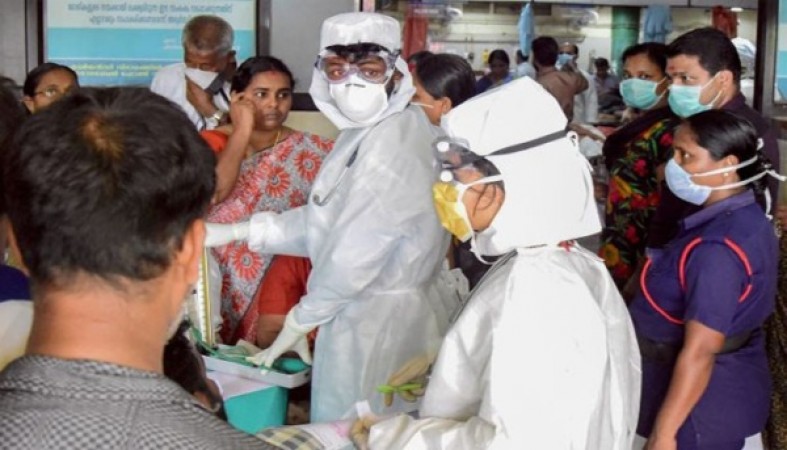
India is facing a serious health crisis due to a rare outbreak of the deadly Nipah virus. The outbreak has raised significant concerns, leading to precautionary measures and public health interventions. In this detailed article, we provide an in-depth understanding of the Nipah virus, its origins, symptoms, treatment, and past outbreaks, aiming to shed light on this urgent issue.
The Nipah virus is a zoonotic virus, meaning it can be transmitted from animals to humans. The primary modes of transmission include contact with bodily fluids of infected animals such as bats and pigs, or consumption of contaminated food. Additionally, the virus can spread directly from person to person.
The Nipah virus was first identified during an outbreak in a Malaysian village, from which it derives its name. This virus has gained significant attention, being classified by the World Health Organization (WHO) as one of the diseases with the potential to cause a global epidemic.
Individuals infected with the Nipah virus experience a range of symptoms, including high fever, severe headaches, vomiting, and respiratory issues. In severe cases, the infection can progress to seizures and brain inflammation, often resulting in a coma.
One of the most concerning aspects of the Nipah virus is its high mortality rate, which ranges from 40 to 75 percent. This rate is notably higher than that of COVID-19, underlining the severity and fatality associated with this disease.
Unfortunately, there is no specific vaccine available for the Nipah virus at present. Treatment primarily involves supportive care to manage symptoms and provide relief. Recently, monoclonal antibodies have shown promise in treating Nipah virus infections, offering a potential glimmer of hope in managing this deadly disease.
India, particularly the state of Kerala, has been grappling with repeated outbreaks of the Nipah virus. The most recent outbreak has triggered significant measures, including the closure of schools and offices, to contain the spread and mitigate the impact of the virus on the population.
The initial outbreak of the Nipah virus occurred in Malaysia, resulting in over 100 fatalities. The severity of the outbreak led to drastic measures, including the culling of pigs. Subsequent outbreaks have been documented in Bangladesh and India, with these countries experiencing repeated occurrences since the initial outbreaks in 2001.
Scientists express concerns about the potential emergence of a highly transmissible mutated strain of the virus from bats, which serve as the natural carriers of the Nipah virus. Human activities, including encroachment into natural habitats and disruptions in ecosystems, have heightened the risk of zoonotic diseases like Nipah.
The rise in zoonotic diseases can be attributed to increased international travel and encroachments into natural habitats. Industrial-scale farming practices and deforestation further contribute to the spread of pathogens among animals and humans, highlighting the need for sustainable practices and conservation efforts.
The World Health Organization (WHO) recognizes Nipah, alongside diseases such as Ebola and Zika, as a significant global health threat. Given its potential for causing widespread harm, the WHO emphasizes the importance of prioritized research and intervention strategies to effectively combat this perilous virus.
In conclusion, the Nipah virus outbreak in India presents a critical health challenge that demands urgent attention and concerted efforts from health authorities and the public. Heightened awareness, proactive measures, and collaborative actions are vital to prevent further spread and protect public health.
From Pickle Business to Silver Screen